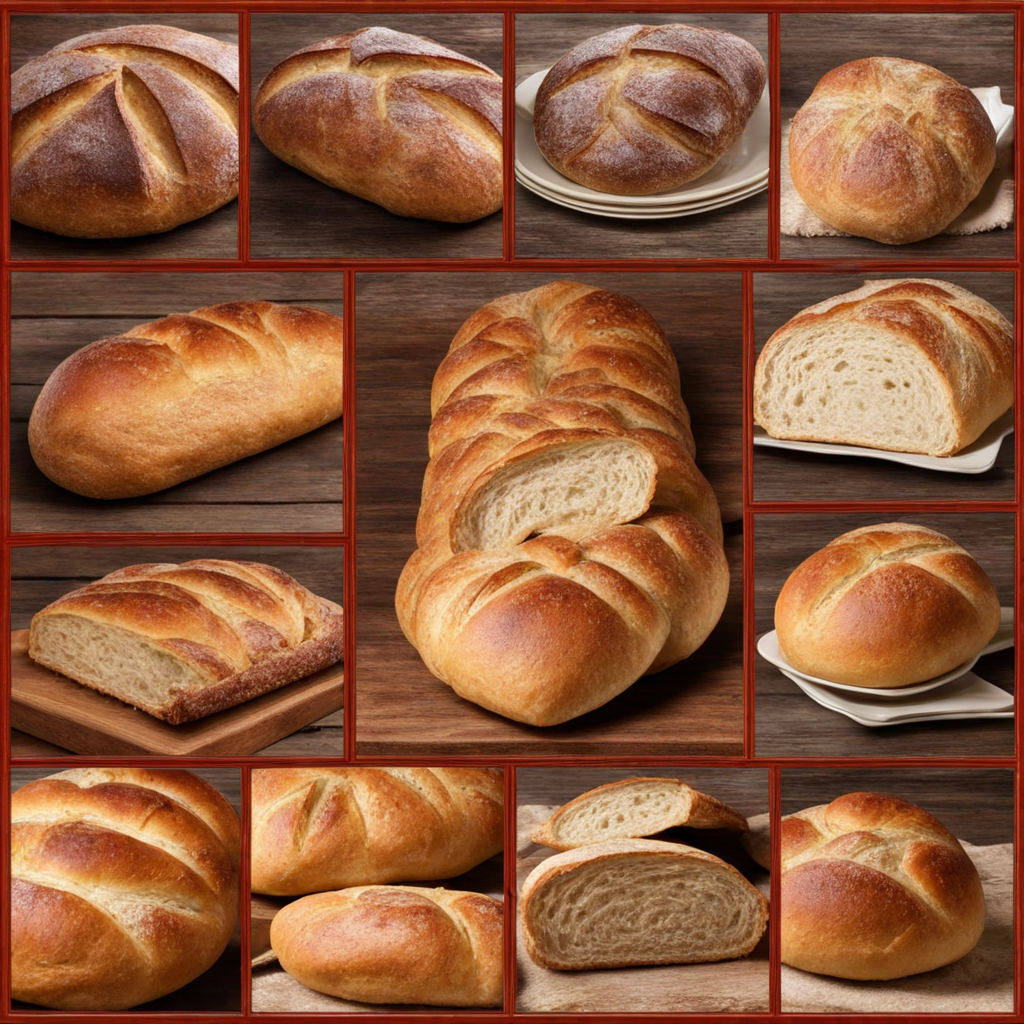Orasnice
Orasnice is a delightful Serbian pastry that embodies the rich culinary traditions of the region. These small, walnut-filled cookies are made from a tender dough that is often flavored with a hint of vanilla or lemon zest, giving them a light, aromatic quality. The dough is rolled out and shaped into delicate forms before being filled generously with a sweet walnut mixture, which typically includes crushed walnuts, sugar, and sometimes a splash of rum or brandy for added depth. Once baked, they develop a golden-brown exterior that contrasts beautifully with the rich, nutty filling inside. The preparation of Orasnice is as much an art as it is a science, showcasing the skill of the baker. Each cookie is often shaped into small crescents or rounded forms, and they may be dusted with powdered sugar before serving. This not only adds a touch of elegance but also complements the sweetness of the filling. The texture is a balance of crumbly and soft, making them an irresistible treat that pairs wonderfully with a cup of coffee or a glass of milk. Their bite-sized nature allows for easy enjoyment, making them perfect for gatherings or as a delightful afternoon snack. In Serbia, Orasnice are often enjoyed during festive occasions and family celebrations, symbolizing warmth and togetherness. Their nostalgic flavor evokes fond memories of home-baked delights, making them a beloved treat across generations. With each bite, you experience the harmonious blend of buttery dough and rich walnut filling, transporting you to the heart of Serbian culinary heritage. Whether you’re a seasoned pastry lover or a curious food adventurer, Orasnice offers a unique taste experience that beautifully encapsulates the essence of Serbian sweets.
How It Became This Dish
The Fascinating History of Ораснице: A Serbian Culinary Delight Introduction Ораснице, a delightful Serbian pastry, is a testament to the rich tapestry of culinary traditions that have shaped the region's gastronomy. This sweet treat, often filled with ground walnuts, sugar, and spices, is not just a dessert; it's a symbol of cultural heritage, community, and tradition. Its history spans centuries, intertwining with Serbian customs, celebrations, and social practices. Origins of Ораснице The origins of Ораснице can be traced back to the Ottoman Empire, which ruled over the Balkan Peninsula for several centuries. This era brought a fusion of culinary influences, where ingredients and techniques from the East merged with local Serbian traditions. The name "Ораснице" derives from the Serbian word for walnut, "oraš," reflecting the primary filling of the pastry. Historically, walnuts have been a staple in Serbian cuisine, prized for their flavor and nutritional value. They are often associated with health and prosperity, making them a fitting choice for festive occasions. The use of walnuts in Ораснице can be seen as a cultural nod to the importance of this ingredient in Serbian life. Cultural Significance Ораснице is traditionally prepared for significant celebrations, particularly during holidays like Christmas and Easter, as well as for family gatherings and weddings. The act of making Ораснице is often a communal affair, with family members coming together to prepare the dough and filling. This collaborative spirit reflects the tight-knit nature of Serbian communities, where food plays a central role in social bonding. The pastry is typically served alongside coffee or rakija (a traditional Serbian fruit brandy), emphasizing the importance of hospitality in Serbian culture. When guests arrive, offering Ораснице is a gesture of goodwill, showcasing the host's culinary skills and the warmth of their home. The treat not only satisfies hunger but also serves as a medium for connection, conversation, and cultural exchange. Ingredients and Preparation The core ingredients of Ораснице include flour, sugar, walnuts, and butter, with variations sometimes incorporating honey, spices like cinnamon, or even chocolate. The dough is rolled out thinly, filled with a mixture of ground walnuts and sugar, then rolled up and shaped into crescent or spiral forms before being baked to a golden perfection. The preparation of Ораснице requires both skill and patience. The dough must be elastic enough to hold the filling without tearing, while the walnuts must be finely ground to create a smooth texture. The baking process ensures that the pastry is crisp on the outside while remaining soft and flavorful on the inside. This delicate balance is what makes Ораснице a cherished favorite among many Serbians. Evolution Over Time As the centuries passed, Ораснице evolved, adapting to the changing tastes and influences of Serbian society. In the early 20th century, as Serbia began to modernize and urbanize, the availability of ingredients and cooking techniques expanded. The traditional recipes were preserved, but new variations emerged, reflecting the creativity of home cooks and chefs alike. With the advent of globalization in the late 20th and early 21st centuries, Ораснице found its way into international culinary discussions. Serbian diaspora communities around the world began to showcase this delightful pastry, introducing it to new audiences. Many Serbian restaurants in the United States, Canada, and Western Europe now feature Ораснице on their menus, often serving it alongside other traditional dishes. Moreover, the rise of social media has played a significant role in the revival and popularity of Ораснице. Food bloggers and influencers share their recipes, adaptations, and stories, creating a renewed interest in this traditional pastry. It has become a symbol of pride for many Serbians, representing their cultural heritage and culinary artistry on a global stage. Regional Variations While the fundamental components of Ораснице remain consistent, regional variations can be found throughout Serbia. In some areas, the filling might include additional ingredients like raisins or grated apples, adding a unique twist to the traditional recipe. The shape and size of the pastries can also differ, with some regions favoring larger, more elaborate designs while others opt for smaller, bite-sized versions. In Vojvodina, for instance, Ораснице might be prepared in a more decadent style, incorporating rich creams or flavored syrups. In contrast, in the mountainous regions of Serbia, the pastry could be simpler, emphasizing the natural flavors of the walnuts and dough. These regional differences highlight the diversity of Serbian cuisine and the adaptability of Ораснице to various local tastes and ingredients. Modern-Day Significance In contemporary Serbia, Ораснице continues to hold a place of honor at family gatherings and festive occasions. It is often included in holiday trays, alongside other traditional sweets like baklava and priganice, showcasing the vibrant flavors of Serbian desserts. The act of making Ораснице has become a cherished ritual for many families, passed down through generations. Culinary competitions and festivals celebrating traditional Serbian cuisine also feature Ораснице, further solidifying its status as a beloved national dish. These events not only promote the pastry but also encourage younger generations to learn about their culinary heritage, ensuring that the art of making Ораснице endures. Conclusion Ораснице is more than just a pastry; it is a story of cultural identity, community, and tradition. Rooted in the rich history of Serbia, this delightful treat encapsulates the essence of Serbian hospitality and the importance of family ties. As it continues to evolve and adapt to modern tastes, Ораснице remains a symbol of pride for Serbians both at home and abroad. Whether enjoyed during a festive celebration or a quiet family gathering, Ораснице serves as a delicious reminder of the enduring power of food to connect us to our roots and to each other.
You may like
Discover local flavors from Serbia







